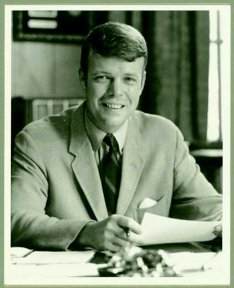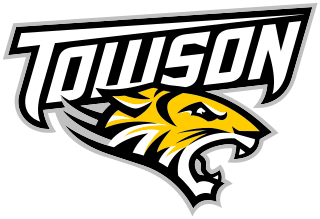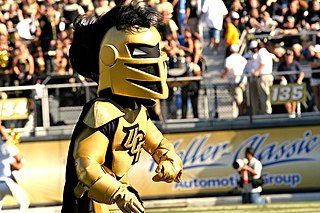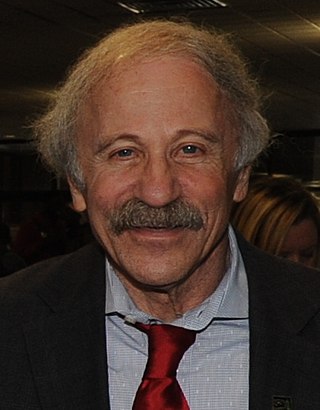
Benny Beaver is the official mascot of Oregon State University and winner of the 2011 Capital One Mascot of the Year write-in campaign. The date of the first use of the beaver as the university's mascot is unknown, but photographs in the school's yearbook document its use as a mascot as early as the 1940s. The campus newspaper was one of the first documented university entities to use the beaver as a name, starting in 1896.

Sparty is the mascot of Michigan State University. Sparty is usually depicted as a muscular male Spartan warrior/athlete dressed in stylized Greek costume. After changing the team name from "Aggies" to "Spartans" in 1925, various incarnations of a Spartan warrior with a prominent chin appeared at university events and in university literature. In 1943, MSU art professor Leonard D. Jungwirth designed a statue for the university, which had to be cast in terra cotta because of World War II rationing. In 2005, the university replaced Jungwirth's original statue with a bronze replica, moving the original indoors to protect it from the elements.

Towson University is a public university in Towson, Maryland. Founded in 1866 as Maryland's first training school for teachers, Towson University is a part of the University System of Maryland. Since its founding, the university has evolved into eight subsidiary colleges with over 20,000 students. Its 329-acre campus is situated in Baltimore County, Maryland, eight miles north of downtown Baltimore. Towson is one of the largest public universities in Maryland and still produces the most teachers of any university in the state.

Johnny Unitas Stadium is a multi-purpose sports stadium in Towson, Maryland, United States. The home of several Towson University athletics teams, it is also known as Minnegan Field at Johnny Unitas Stadium or Unitas Stadium.

Oklahoma Baptist University (OBU) is a private Baptist university in Shawnee, Oklahoma. It was established in 1910 under the original name of The Baptist University of Oklahoma. OBU is owned and was founded by the Baptist General Convention of Oklahoma.

Mike the Tiger is the mascot of Louisiana State University (LSU) in Baton Rouge, Louisiana, and serves as the graphic image of LSU sports. Mike is the name of both the live and costumed mascots.
Middletown High School is a high school located in Middletown, Maryland, United States. First established in 1888, the school opened in its current building in April 1974.

Herky the Hawk is the athletics mascot of the University of Iowa Hawkeyes. Herky was drawn as a cartoon in 1948, and was first portrayed at a football game in 1959. Periodically, Herky's wardrobe and overall design have been updated. Herky can be seen at University of Iowa events.
This is a timeline of major events and changes related to Towson University and its predecessor institutions Maryland State Normal School (1866–1935), Maryland State Teachers College at Towson (1935–1963), Towson State College (1963–1976), and Towson State University (1976–1997).
These are the former and current buildings and structures of Towson University and its predecessor institutions.

James Lee Fisher was an American academic administrator and psychologist. He served as the ninth president of Towson State University from 1969 to 1978.

The Towson Tigers, formerly the Towson College Knights, are the athletics teams of Towson University. All of the major athletic teams compete in the Coastal Athletic Association with 19 Division I athletic teams. Gymnastics competes in the EAGL conference, having rejoined the league in the Spring of 2012.
The South Alabama Jaguars men's basketball program has competed in the Sun Belt Conference since 1978 when the league was formed. Since 1968, the Jaguars have compiled an overall record of 694–507 (.580). South Alabama has won the Sun Belt Conference championship five times and reached the NCAA tournament eight times. The Jaguars last NCAA tournament appearance was in 2008.
Donald Minnegan, more commonly known by his nickname Doc, was a coach and athletic director at Towson University. He coached two championship soccer teams at Towson.

A panther is the animal that serves as the official mascot of the University of Pittsburgh and used as a nickname for both athletic teams as well as other organizations and affiliates of the university. The mascot is generally referred to as the Pittsburgh Panther or Pitt Panther, while the costumed panther mascot is also named "Roc". Up to 20 physical representations of panthers can be found in and around the university's campus and athletic facilities.

Knightro is the official mascot of the University of Central Florida, and its sports teams, the Knights. Knightro debuted in 1994, and appears at UCF sporting events and also appears at UCF-related functions. He occasionally uses a custom go-kart designed and built by UCF Engineering students and other members of UCF Athletics, dubbed "Pegasus 1." He has previously used a custom car designed and built by UCF Engineering students dubbed "Chariot II."

Richard Eugene Vatz is an American academic, lecturer and writer who is a professor of Rhetoric and Communication at Towson University.
Paws or Paws, the Husky is the current mascot of the Northeastern University Huskies. Northeastern debuted the Siberian husky as the school's official mascot and school's nickname on March 4, 1927.

Purdue Pete is a mascot of Purdue University. Despite his on-field presence at Purdue sporting events, Pete is only the athletic mascot of the university, and the official mascot of Purdue University is the Boilermaker Special.















